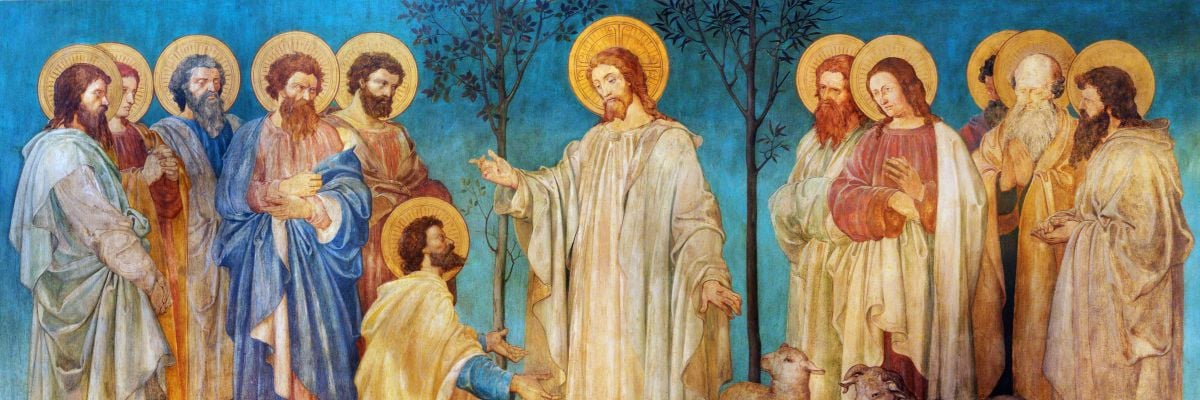
Question:
Answer:
Sacred Scripture uses images taken from human sense experience. The image of a rock foundation is from nature; the image of a cornerstone is from human art in architecture. They are similar in that they are both stone and on both depend the stability of what is built from them.
There are many images and names that are used both of Christ and his members, of God and his creatures. This is possible because, in the case of Christ, his human creatures are all actual or potential members of his. He says of his member: “Whatsoever you do the least of these my brothers, you have done it unto me.” That includes naming. Peter is a “rock” because Christ is a rock. In the other direction, the faithful experience or should experience that Christ is a rock because of the rocklike faith of Peter and his successors. So, in a sense there is no difference.
In theology and liturgy, words that speak of God also tell us of creatures, and words that speak of creatures also tell us of God. But in the end we must remember that what and who God is goes far beyond any human words or names. Before this reality, St. Peter the Rock exclaimed, “Depart from me, Lord, for I am a sinful man!” How beautiful that our Savior and his Father and their life-giving Spirit both correspond in a way to our human words and yet are also so far beyond them. We have a lot to look forward to in heaven!



